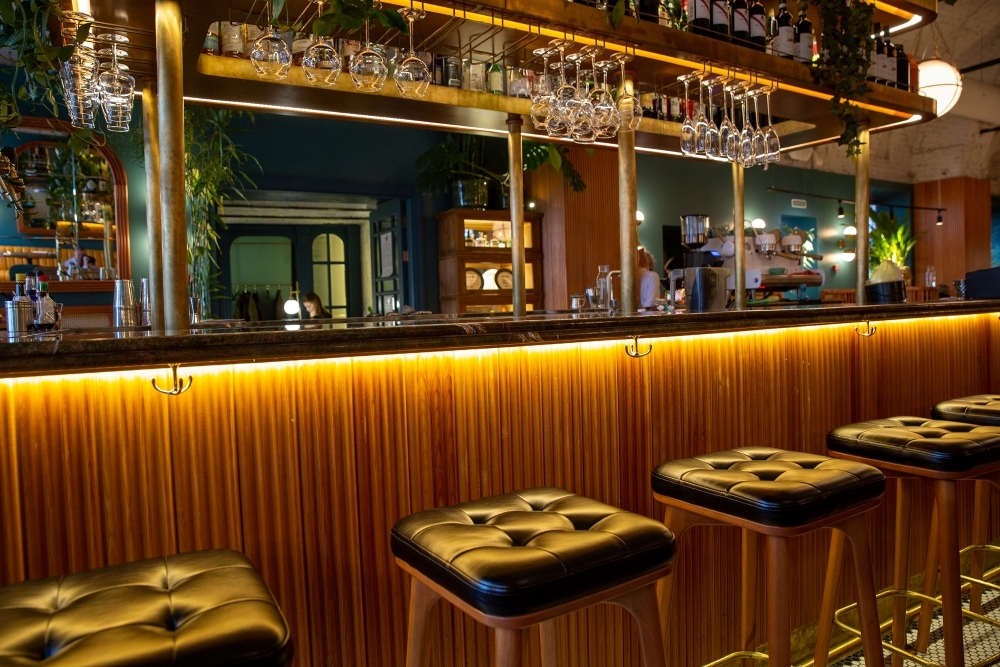The Best Contemporary Artists in the World
Behind many masterpieces of contemporary art, there is not just artistic prowess, immense skill and a sense of originality, but also a complex history that dates back centuries. Art encompasses aesthetic and creative expression mixed with an intellectual approach to design. The birth of academic art occurred in the Italian Renaissance of the 16th century, originally comprising drawings, painting, sculpture, and architecture. Over the centuries and through a series of artistic revolutions, contemporary art was born out of the modernist movement
As the art scene in Europe was evolving in the early 20th century, America laid down the foundations of Modernism. Photography and video became a form of art and the Surrealist movement was founded, aiming to revolutionise human experience. In the mid 20th century, the Pop Art movement established by Andy Warhol presented a challenge to the traditions of fine art including the most iconic images from popular culture. This radical break from Modernism sparked a newfound movement - it is here that contemporary art began, and has continued to flourish. The movement of contemporary art encompasses artwork that captures aesthetic design, conveys ideas and transcends boundaries between traditional art and novel concepts.
Today, the world sees more varieties of contemporary art, with influences from film, photography and video production. Whilst it might seem that fine art is falling out of favour in artistic circles, there are plenty of artists today who are keeping the movement alive in their own distinctive ways. We have listed some of the best artists in the world, who present new and innovative artwork to challenge the status quo.

Gerhard Richter
One of the most famous and important artists of the 20th and 21st centuries, Gerhard Richter is a German visual artist born in 1932. At 92 years of age, he is long retired, yet his work inspires many today. Richter dedicated his career to rendering photographed pictures into incredible paintings, varying in what he painted depending on the captured image. From landscapes, nude photos to still life he painted them all with a haze over the photorealistic image, creating a somewhat blurred effect over the painting. Known as the Richter blur, the new art introduced abstraction in his work, a skill never seen by any artist before. His deliberate change of commitment to his paintings, with different stylistic direction, demonstrates his defiance against the constraints of traditional fine art painting. Richter’s most expensive painting sold for $46.3 million at an auction.
Also Read: Most Expensive Painting
Georg Baselitz
A fellow German artist, Georg Baselitz was born in 1938 and lives and works in Munich. However, Baselitz rejected the dominance of abstraction in a piece of artwork and the painting of representational elements, but instead focused on the figurative. He was a pioneering artist as he introduced new European paintings and advocated for Neo-Expressionism in post-war Germany that had been denounced by the Nazis. Not just a talented painter, but also a sculptor and printmaker, Baselitz returned the human figure to the central focal points and positioning in paintings, with a twist. In 1969, Baselitz painted his figures upside down for the spectators to slow down their observing of the motif. His many exhibitions are astonishing, capturing the eyes of many as they view the upside down masterpieces and ponder upon Baselitz’ real intentions behind the art.
Also Read: Private Art Galleries London
David Hockney
(Most Popular Contemporary Artists)
Moving away from abstraction in fine art, English artist David Hockney has been a dominant protagonist for different stylistic approaches such as Pop Art, figurative painting and the British Art Scene. He was born in 1937 in Bradford, and soon became one of the most important contemporary British figurative painters in the 20th century. Hockney now lives and carries out his work in Normandy. He has created some of the most vividly recognisable paintings of the century, using bright and full colour paintings to wow and inspire. Hockney constantly changed his artistic tools – some of his most recent work has moved away from brushstrokes on canvases and instead utilises modern technology. He has embraced Polaroid film, photocopying, and even using Photoshop and iPad apps. One particular image that Hockney loves to create is a swimming pool, with his most famous painting known as Portrait of an Artist (Pool with two figures), which sold for $90 million. It highlights his mastery of using vibrant colours to create a scene that is both realistic and idealised at once.
Also Read: London Gallery Weekend
Damien Hirst
Rising to fame in the late 1980s, Damien Hirst is a British Artist from Bristol and resides in the capital now. Hirst dominated the 1990s with his concept of mortality. Often producing shocking sculptures and pushing every boundary of fine art or even the acceptable, Hirst invented a modernised style to visualise complex relationships of life. Specifically, Hirst touched upon various philosophical matters such as science versus religion, life versus death and the tensions at the core of human experience. Some of his famous works include a series of dead animals preserved in tanks known as his ‘Natural History’. His paintings differ from this, with a series of multicoloured spot-paintings that aim to challenge the belief systems and uncertainties of the human condition. Damien Hirst has placed subtle imperfections to illustrate an unnerving nature alongside elements of calmness. His work is truly remarkable and continues to spin the outlook of fine art into a completely different dimension.
Also Read: Who Is the Best-Known Artist
Arnulf Rainer
(Best Contemporary Artists)
The last incredible artist on our list is Austrian abstract painter Arnulf Rainer. Rainer used appropriation and a process of layering thick paint over photographs to transform original artwork using gestural marks. With an interest in dreams, Rainer draws on elements of surrealism through a mix of lyrical expressionism and abstract art. In the 1960s, Rainer decided to paint whilst blindfolded to truly feel the painting by following his instincts and urges instead of using the sense of sight. An artist who did not want to see the creative process but instead imagine it, Arnulf Rainer also used his feet to paint in experimental practices, and also painted under intoxication to gain new insight into his own work. His unique processes set his name as a pioneer in Europe of informal art.
Fine art has expanded across the previously established boundaries over the centuries. There has been a constant change of inventive ideas, new techniques and sensational stylistic approaches to create masterpieces never seen before. It requires immense skill and imagination to be able to produce some of the best art in the world. The list of best artists illustrates just how magnificent the artists truly are. They have created many phenomenal pieces to redefine conceptions of fine art and the portrayal of contemporary art. The artists and their paintings will go down in history as some of the best of our time.



